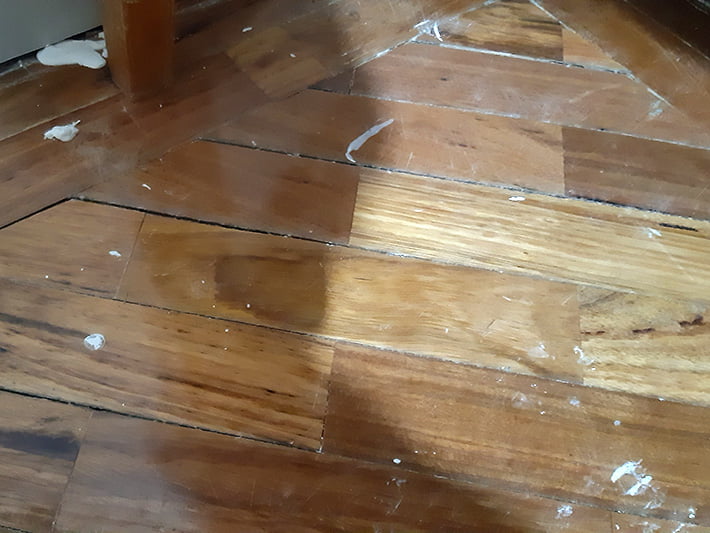Timber Floors may all experience water damage at some stage in their life. Water damage can result from an event such as flood or cyclone, or to a lesser degree including plumbing leaks, laundry or kitchen mishaps, burst pipes, or simply an overflow from a bathtub or indoor plant. The water may affect a limited area or inundate the entire floorspace.
In the case of flood or cyclone disaster, this is no doubt devastating to a home or business owner and the repair process can be overwhelming.
As with all aspects of repair, whether mild or catastrophic, it’s important to know exactly what you are dealing with and what can be restored.
As timber is from nature, there are many factors that need to be considered in the event of water damage to timber flooring – whatever the degree. They are…
- An understanding of the many types of timber flooring and how they will react to water damage.
- The duration in which the floor has been inundated.
- The timber species’ density and level of absorption.
- Ventilation, and the timbers’ ability to dry enough to be restored.
- The type and condition of the subfloor, joists etc
- Moisture level of floorboards, subfloor or concrete slab.
- The age of the timber flooring.
- The cost of repair verses the cost of replacement.
- Time factor – having the floors repaired in a timely manner.
In any event, a timber flooring expert will be able to assess the damage and provide qualified advice as to the best solution to the problem – big or small.


